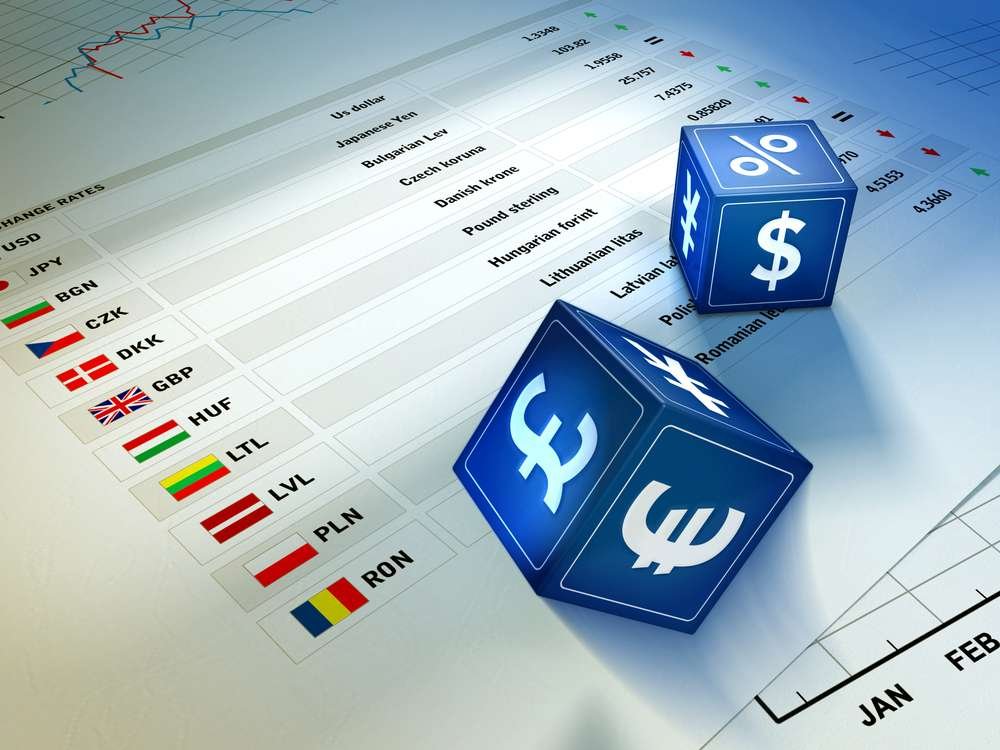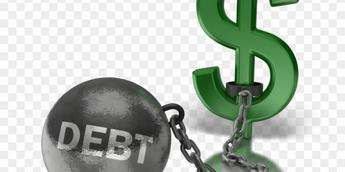In an effort to justify the accumulated debt by the government, Development Economist, Dr. Frank Bannor aimed to clarify the reasons behind the perception that the public debt appears to be greater than it actually is.
He delved into a detailed explanation, highlighting various factors that contribute to this misconception while he sought to explain why the erstwhile NDC government in an actual sense accrued more debt than the incumbent government.
The Development Economist indicated that following the HIPC program implemented under the Kuffour administration between 2000 and 2008, Ghana witnessed a remarkable decline in its public debt to GDP ratio from 182% in 2000 to 32% in 2008 placing Ghana’s public debt at US$ 8.09 billion.
He however noted that Ghana’s public debt skyrocketed to US$ 29.9 billion by the end of 2016 at the end of the Mahama administration, indicating a more than threefold increase from US$ 8.09 billion recorded in 2008.
“This surge propelled the public debt or the debt to GDP ratio to 73.1% by the close of 2016. In terms of debt accumulation or growth, Ladies and Gentlemen, this represents a growth rate of about 268.83% in the total public debt stock under the NDC from 2009 to 2016”.
Dr. Frank Bannor
Furthermore, he indicated that on average, the NDC government added 32.75% every year to Ghana’s debt stock, representing one of the worst management of the public debt in the last fifteen years.
Moreover, the Development Analyst indicated that Ghana’s public debt stock further increased to US$ 51.04 billion at the end of 2023, emphasizing that, contrary to public perception this increment amounts to only a 1.5% increase in the overall public debt, representing a 74.9% in the public debt stock.
He indicated that, unlike the period between 2009 to 2016, the NPP on average has added about 10.68% to Ghana’s debt stock between 2017 and 2023, asserting that contrary to the narrative in public, the NDC added more debt to the public debt stock in its eight years of governance than the current NPP administration has.
Exchange Rate Risk
Dr. Frank Bannor noted that the public debt of US$ 29.2 in 2016, would have been an equivalent of about GH₵ 380 billion without any additional borrowing from the international market if the exchange rate risk is calculated with it.

“For many countries including Ghana, it is one of the principal risks in a government debt portfolio, this stems from the country’s inability to borrow enough in its currency to meet its finance needs”. – Dr. Frank Bannor.
Dr. Frank Bannor indicated that due to the exchange rate risk factor, Ghana and other African countries have more debt to service compared to other countries that have similar debt. He noted that Ghana’s issue is further complicated by the continuing depreciating rate of the cedi.
“Recall that debt stock increased by GH₵ 67 billion which is equivalent to about US$ 7.9 billion as of the end of 2023 due to depreciation without the government going to the capital market to borrow… Numerous events unfolded between the year 2020 and 2022 that may have contributed to this”.
Dr. Frank Bannor
He noted that the onset of the COVID-19 pandemic precipitated the shutdown of economies, disrupted revenue streams, and exacerbated public debt burden through the high cost of shipping, indicating that Ghana’s burden was more compared to other countries as the country heavily depends on imports.
He added that the advent of the Russia-Ukraine war also added to the debts of Ghana, arguing that these factors aside, the debt accrued by the NPP would have been far less than the current figure and far better than what the NDC had accumulated without the influence of any peculiar factors,
He emphasized that the public debt may seem inflated due to the inclusion of certain liabilities that are not directly related to the debt itself. These liabilities, he indicated, can skew the perception of the actual debt burden faced by the government, emphasizing that the NPP debt is far less than the NDC’s.























